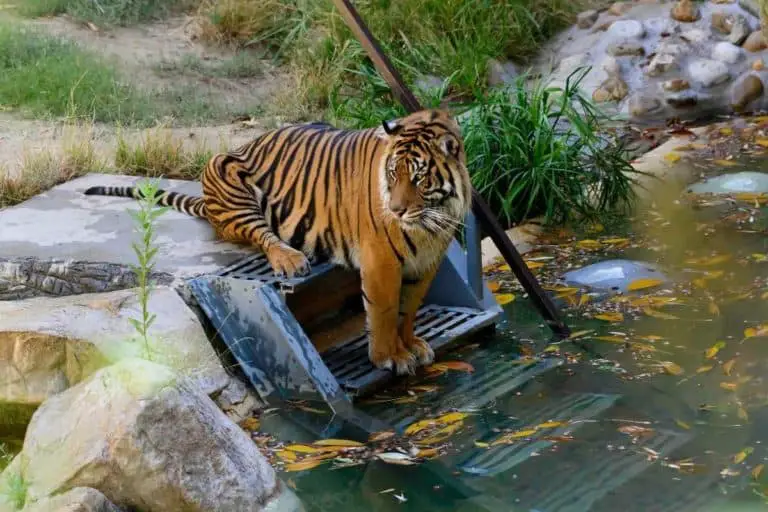Can Tigers have Twins? Get The Answer!
In the wild, Tigers have been known to have twins. In captivity, however, it is rare for a Tiger to give birth to more than one cub at a time. Some female tigers raised in zoos have even had no cubs at all. But sometimes Tiger moms can produce 2 cubs in one litter. The moms nurse the cubs and help them grow strong, even though the Tiger twins are not identical.
Twins born in zoos are believed to be more closely related than twin Tigers born in the wild.
Since they come from very few ancestors, it is nearly impossible for two tigers to share the same father, unlike if they were to be born in the wild.
How many babies do tigers have?

Tigers don’t mate like most other cats: They’re polygynous.
That means that in addition to male tigers defending territories, they also compete for females by attempting to father cubs with many different females. And when they are successful, it’s usually with more than one female.
Only the females give birth to cubs, ranging from about two to six per litter originally.
The optimum litter size for survival is three or four cubs, but the average size of litters has dropped because so many of them don’t survive long enough to reproduce.
The cubs stay with their mothers for about two years before striking off to form their own territories.
They are nearly as large as an adult tiger and have developed explosive speed and power by that time. They’re also sexually mature and able to reproduce.
How common are twins in animals?
The answer to your question is that it depends on the species, but they are common enough to come up now and again in research papers.
So far as I know, every species with documented twins is amphibious, if not fully terrestrial.
Most are viviparous, but there are a few ovoviviparous exceptions. The larger the animal and the less frequently it breeds, the more likely it is to be a twin-producing species.
For example, twins of white-tailed deer (Odocoileus virginianus) are relatively common, with roughly one-quarter of does carrying twins to term.
We don’t have a lot of detailed information on the subject, but what we do have suggests that most twin litters are from young or inexperienced mothers who produce only two fawns.
However, older and more experienced can produce three fawn litters without difficulty. It is also interesting that the same mother may give birth to single or multiple fawns in the same year.
South American capybaras (Hydrochoerus hydrochaeris) carry between one and four offspring at a time, but most commonly twins.
Most other capybara mothers carry between one and three offspring, but, interestingly, older females are more likely to have multiple litters than younger ones.
The giant anteater (Myrmecophaga tridactyla) occasionally produces triples or quadruplets, but two offspring is the most common litter size.
Asian elephants (Elephas maximus) mostly give birth to single calves, but twins are known, and in rare instances, three young may be produced.
On average Asian elephant, twins weigh less than half as much as a singleton, and only one out of every 5 sets of twins survive infancy.
This is due to competition for resources and because one of the twins cannot suckle effectively. In other words, it doesn’t know how to nurse from its mother, which results in starvation.
Okapi (Okapia johnstoni) females give birth to a single calf at a time, and there is no obvious twinning in this species.
Giraffes (Giraffa camelopardalis) produce single offspring, but in rare instances, they may birth twins and more rarely triplets.
It is assumed that the mother of triples must have mated with a different male than the one responsible for her other children because a single bull can’t sire that many offspring.
Although it is relatively common for a pair of polar bears (Ursus maritimus) to produce twins, they are often the same sex.
This means that one must be abandoned, or if they are fortunate, both will be raised with only minimal contact from their mother.
However, there have been several recorded instances of a mother successfully raising twins.
In the wild, it is rare for a female gorilla (Gorilla beringei) to give birth to more than one offspring at a time.
Like other primates, they have a brief gestation period which results in only one infant being carried for roughly 8 months followed by a 4-6 month period of exclusive breastfeeding.
Out of all mammals, primates are the least likely to successfully rear multiples due to their slow maturation rate and complex social structure.
It should be noted that female gorillas may give birth to twins if they have been previously impregnated by a different male than the one who sired her first offspring.






